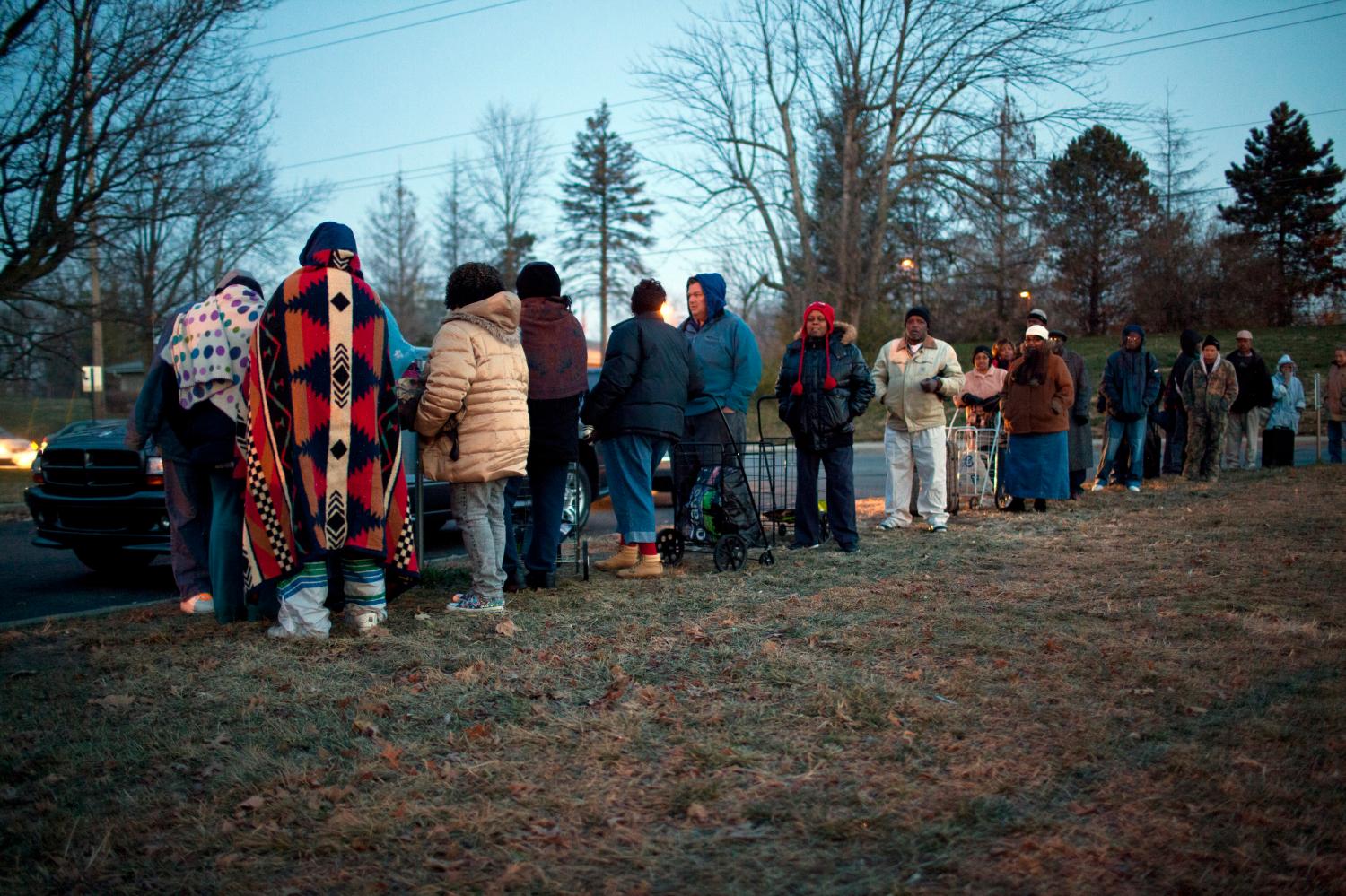Policymakers and practitioners working to improve well- being and economic mobility in poor neighborhoods generally agree on the need for integrated approaches. Given the tangle of factors undermining the well-being of poor people, strategies that weave together elements aimed at improving health, safety, education, and employment are likely to have greater impact than any individual intervention. Moreover, progress in one domain (such as education) can be enhanced if “upstream” factors (such as stability, nutrition, health, and developmental readiness) can be identified and tackled. This explains the growing attention to population health strategies that address the range of family, housing, and neighborhood factors influencing physical and mental health over the life-course. And it explains the interest in community schools that provide services outside the school building and beyond the school day to both children and their parents.
But when we design and pursue these integrated strategies, how should we think about “place?” How do neighborhood conditions (social, economic, and physical) affect the lives of residents and the effectiveness of interventions? And what role can efforts to improve the neighborhood environment play in integrated strategies aimed at helping poor families?
The Brookings Institution is committed to quality, independence, and impact.
We are supported by a diverse array of funders. In line with our values and policies, each Brookings publication represents the sole views of its author(s).




